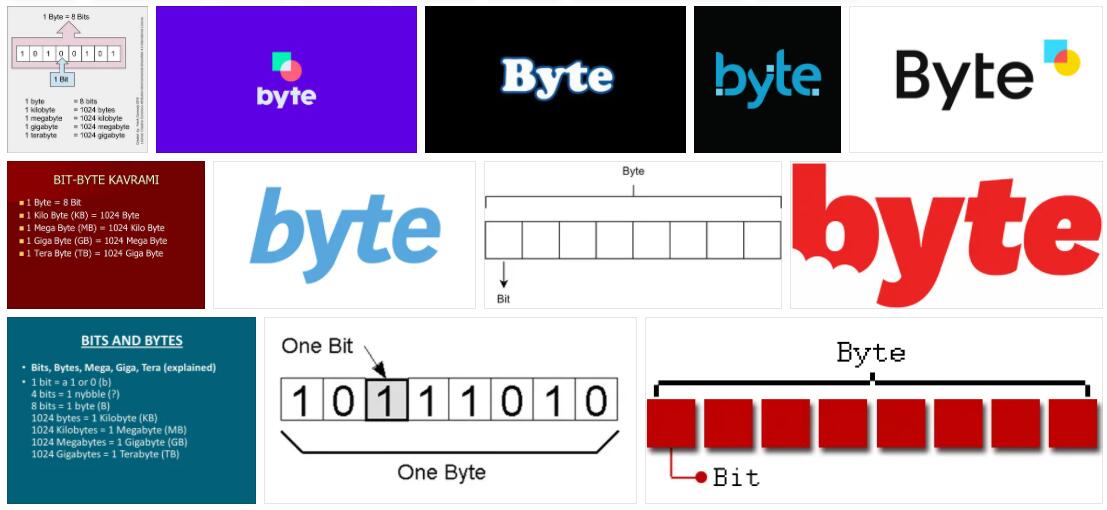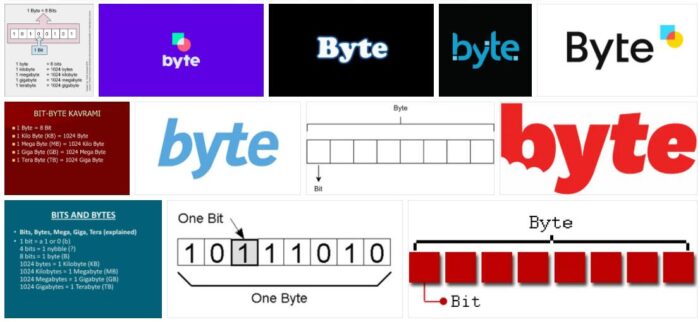A byte is a unit of information made up of a string of adjacent bits. The dictionary of the DigoPaulindicates that byte is synonymous with octet (an eight-bit information unit); however, the size of the byte (which comes from the English bite, “bite”) depends on the character code in which it has been defined.
It is important to underline the fact that there is no standard that has officially established the symbol that corresponds to the byte. So far we find that it is identified in two fundamental ways. Thus, in French-speaking countries it is represented by an “o” while in Anglo-Saxons it corresponds to “B”.
The term was proposed by Werner Buchholz more than five decades ago, in the midst of the development of the IBM 7030 Stretch computer. At first, byte was used to refer to instructions that consisted of 4 bits and that allowed the inclusion of between 1 and 16 bits per byte. However, design work then shortened the byte to three-bit fields, allowing between 1 and 8 bits in a byte. Over time, the size of a byte was fixed at 8 bits and declared as a standard as of IBM S / 360.
The notion of 8 bits allows to describe, in the architecture of computers or computers, memory addresses and other data units that can be up to 8 bits wide. The concept also allows mentioning the CPU and ALU architecture that is based on registers of the same width.
It is known as nibble, on the other hand, in the middle of 1 eight-bit byte. Just as the byte is usually named as an octet, for the same reason the nibble can be referred to as a semioctet.
The byte has various multiples, such as kilobyte (1,000 bytes), megabyte (1,000,000 bytes), gibabyte (1,000,000,000 bytes), and terabyte (1,000,000,000,000 bytes), among others.
Fundamental is the role played by the byte and the rest of the aforementioned equivalences within the field of computing as they are used as measures to refer to the capacity of various devices such as, for example, what is RAM, a cd, a dvd or a pen drive.
Thus, for example, we know that a CD usually has a storage capacity of about 700 Megabytes, a DVD usually exceeds the Gigabyte and the pen, for their part, currently have a huge diversity of capacity. In this way, in the computer market we find devices of this type that have a capacity of 4 gigabytes, 8 gigabytes or 16 gigabytes, among others.
This latter trend is also typical of so-called memory cards or portable hard drives that currently have a great variety in terms of this storage property. Thus, for quite cheap and interesting prices, in department stores dedicated to the world of computers you can find hard drives of the aforementioned that even reach 1 Terabyte.

